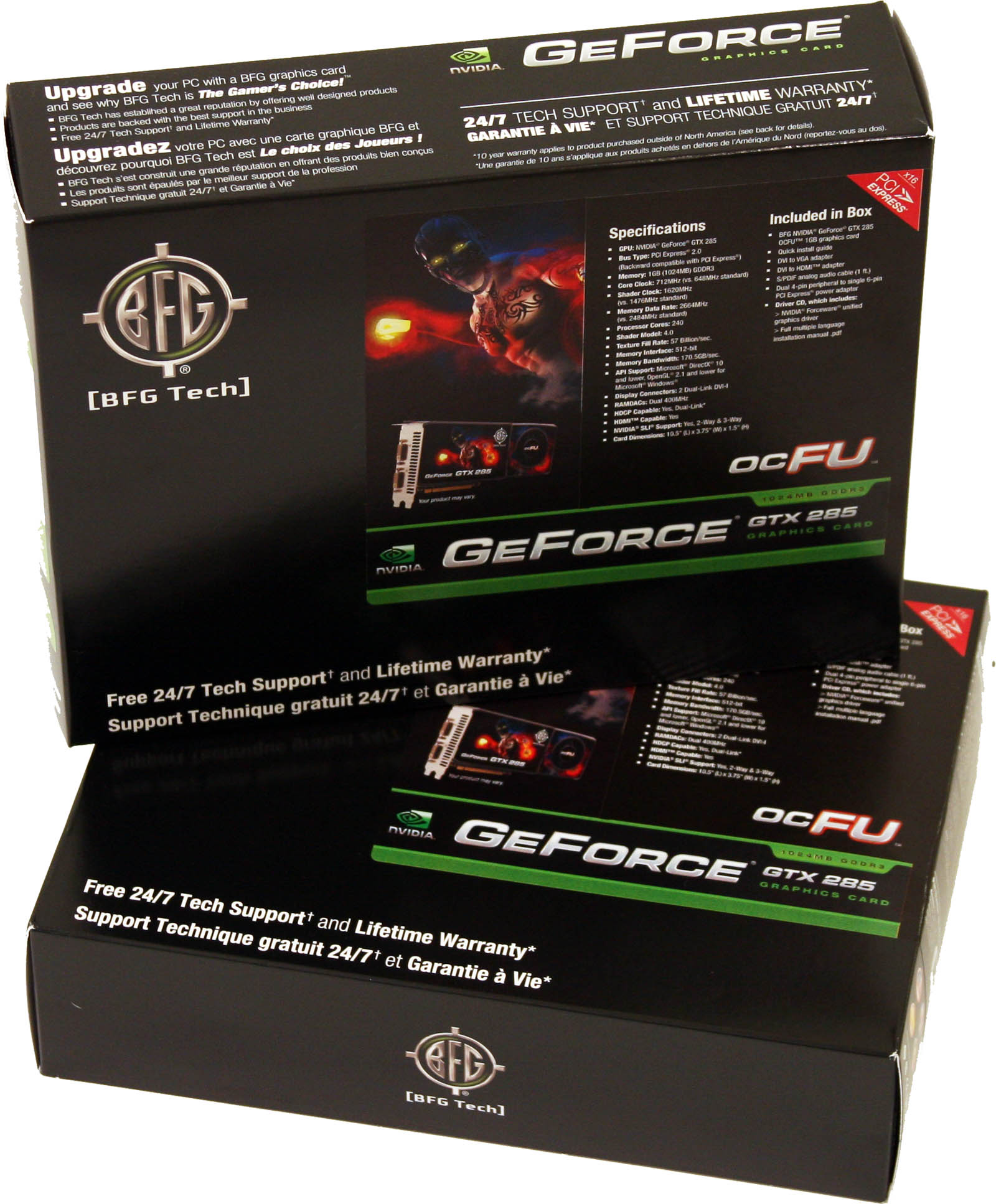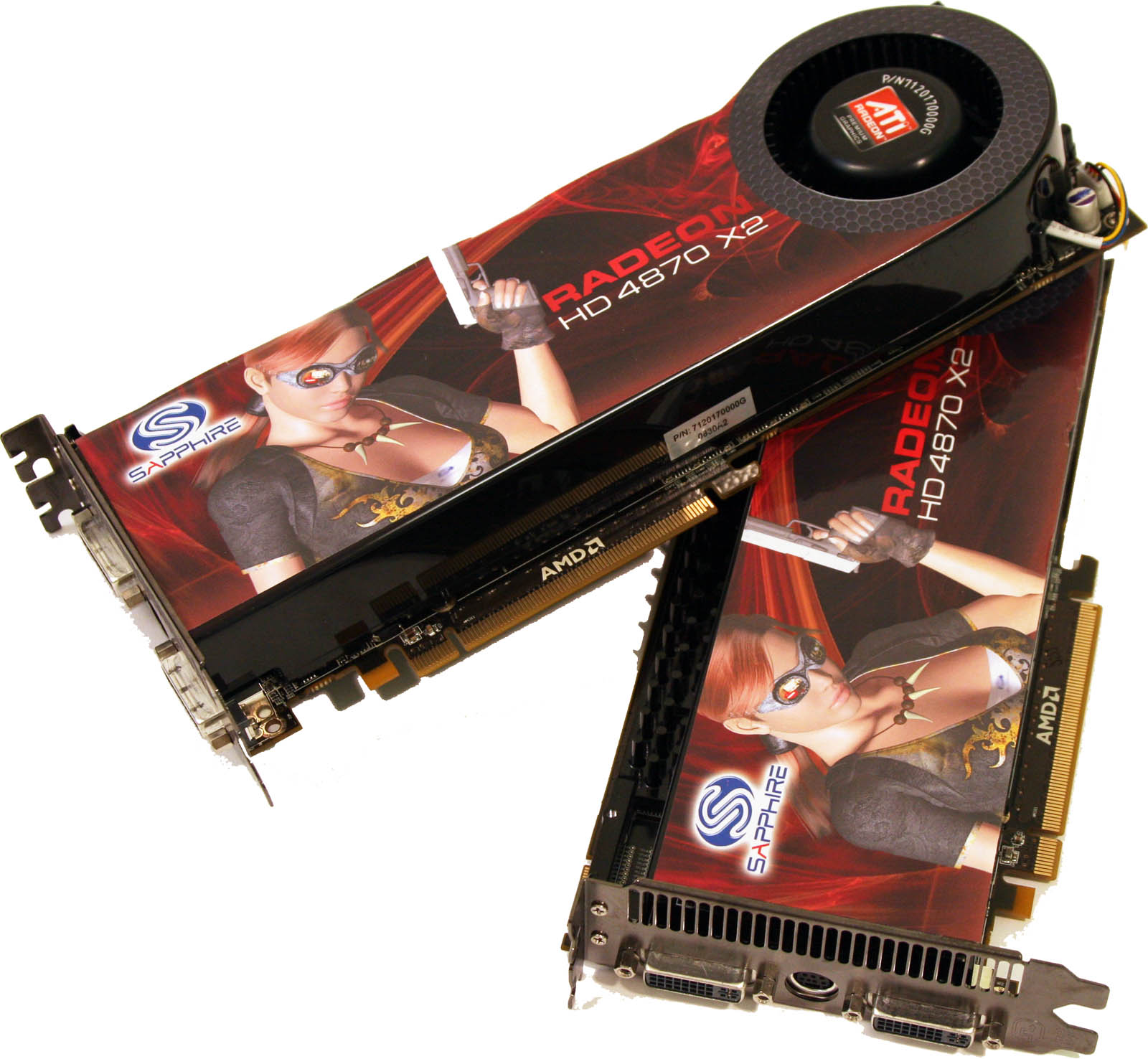Core i5, Core i7, CrossFire, And SLI: Gaming Paradise, Redux?
Bringing Out The Big Guns
With the launch of P55 and Intel’s three LGA 1156-based CPUs, we wanted to revisit the topic of gaming performance. However, we couldn’t do it in quite the same way. You see, whereas X58 serves up to 36 lanes of PCI Express 2.0 connectivity, P55 only boasts eight—and those eight aren’t even meant to accommodate graphics cards, since the chipset communicates with its host processor via Intel’s Direct Media Interface (DMI). The company won't say how fast this generation of DMI is running, but it's not fast enough for serious gaming.
Thus, we only have the CPU’s 16 lanes of on-board PCI Express 2.0, which can be used as a single x16 link, split up into two x8 links, or multiplexed via something like Nvidia’s NF200 bridge into additional x8 links. That third option is a little extreme for a platform aimed at a mainstream audience though, so we’re going stick with single- and dual-card configurations here.
ATI’s Radeon HD 4870 X2 remains the company’s fastest board (almost a year later, even), but Nvidia now offers the GeForce GTX 285 and GeForce GTX 295. While we don’t have a second GTX 295 in-house, we got our hands on the next best thing: a pair of BFG’s GeForce GTX 285 OCFU Edition cards, which work out well because they cost just about as much as the dual-GPU Radeon.
So Many Variables!
Comparing performance results in a story like this, and then identifying the cause underlying frame rate dips and spikes can be a challenge, as we’re testing a range of different CPU architectures and platforms that do different things with PCI Express.
Fortunately, we spent some extra time normalizing the clock speed of today’s most popular enthusiast architectures and comparing the effect of integrated PCI Express 2.0, a pair of chipset-based links full x16 signaling, and chipset-based links at x8 signaling rates in our story In Theory: How Does Lynnfield’s On-Die PCI Express Affect Gaming?
The general conclusion there was that we do see theoretical advantages to running one graphics card on an integrated x16 link. However, that benefit does not translate to real-world gaming. And when you add a second graphics card, halving the on-die link to create two x8 connections does hit performance a bit in environments that are platform-limited. Of course, as you get closer to 2560x1600 with anti-aliasing enabled, the benefits of CrossFire and SLI are sufficient to mask that architectural compromise.
Get Tom's Hardware's best news and in-depth reviews, straight to your inbox.
At the end of the day, you end up with what amounts to a wash at high resolutions with one card installed. With two, even at 2560x1600, the pair of dedicated x16 links turns out slightly better results. Is that enough to warrant a pricy X58 motherboard and Core i7 processor? With everything running at a constant 2.8 GHz, not really.
But let’s shift away from our theoretical look at performance and get all of these processors running at their retail speeds for a more real-world look at gaming using ATI’s CrossFire and Nvidia’s SLI in Intel’s new P55.
Current page: Bringing Out The Big Guns
Prev Page Introduction Next Page Test Hardware And Benchmarks

